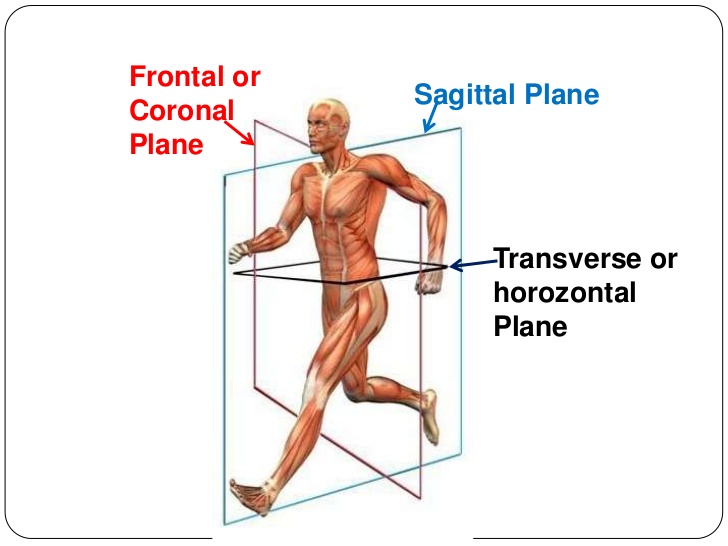What is 3-D Strength Training
2018-09-18

Believe it or not, I am working really hard! That is working at trying to find better ways to communicate why our DVRT program isn’t different for difference sake, but actually striving to be better. Most have a hard time believing it doesn’t start with the Ultimate Sandbag, but the concepts that drive our DVRT system. So, over the past few years I have used terms like “real world strength” or more recently, “3-D strength training”. It must be working to some degree because I see a lot more people using these terms, but I’m not sure they really understand them.
When I call DVRT 3-D strength training it isn’t because we are spinning in circles or doing some really fancy choreographed movements. Not only is that not what 3-D strength training means, I just don’t have the rhythm to pull that sort thing off!

Me and Elaine from Seinfeld probably have THIS in common!
I call DVRT 3-D strength training due to how we look at progressing a variable few even discuss….planes of motion. Yea, I know, you haven’t ever been asked, “hey man, how much plane of motion lifting are you doing?!” That doesn’t mean it isn’t any less important to strength training, let me explain.
We Move in Three Planes
At the most fundamental level, people need to understand in life we move in three planes of motion (sagittal-up and down/back and forth, frontal-side to side, and transverse-rotation). I’ve written many times here that the simplest act of walking is all three planes of motion. We move THROUGH the sagittal plane, we have to RESIST the frontal plane, and we use opposite limb action to use rotation to help pull us through space.
Now, it would be easy right here to say EVERYTHING should include all three planes of motion, but that is what I am trying to share with how DVRT uses 3-D strength training differently. Instead of guessing when or how we should use this concept, we wanted to systemize it. I kinda wonder why no one has really done that before but can’t tell you.

In order to understand the system we have to know two simple facts. The first is that we can either move through a plane of motion or resist it (i.e. my walking example). A great example is a Shoulder Squat in DVRT is RESISTING the frontal plane while a front loaded lateral lunge is moving THROUGH the frontal plane. Did I lose you?
If you got that then you can appreciate that generally when it comes to the frontal and transverse planes we want to learn how to resist them then how to move through them. Since so much of our body is designed to prevent unwanted movement, we need to train this specific type of strength training before we can move forward.
I think we are doing well so far and if you are we can get to the next point. Not all the planes of motion present the same level of challenge from a stability stand point. Sagittal is the most stable (heck, that’s why we like to train there because we can lift the most weight!), then we have frontal, and finally transverse. So, you see building strength training work in the sagittal plane can help us progress to more sophisticated forms of training…..to a point.
It Makes Us Use More Muscles
Okay, you really don’t care about all this “real life” training mumbo jumbo, okay that’s fine. How about this, when you start training using the 3-D strength training concepts I am sharing with you, there are actually MORE muscles being used in your workouts!
Huh? If that’s so why don’t bodybuilders use these ideas?
Well, bodybuilding doesn’t think about how we move, so honestly they don’t even KNOW that this is possible. In fact, that is why you will see in studies like below, that exercises with less stability and less load can still stimulate more muscle activation than exercises with MORE weight to them! Why?
Our body when it has to produce and resist force at the same time as to work harder. That is part of the energy of the muscles is devoted to force production while some work is being put forth to stabilizing the joints and controlling our movement. Pretty cool right?
That is why “strong” people that try some of these DVRT 3-D strength training movements find them SO difficult and honestly, exhausting.
View this post on Instagram
Understanding that our body moves in different ways means our strength training should do the same! This DVRT Deadlift complex shows a simple way of accomplishing this goal!
Look, I love creativity, I love being expressive with what we do. However, I love getting results more! Our responsibility as fitness professionals is to provide better systems, methods, and demonstrate higher levels of understanding so that we can help people achieve what is really meaningful. In order to help people find their better, we need to do better as coaches first! Hopefully these ideas on what 3-D strength training really is and what it can do will make an impact in how YOU train for life!
Love the information in our blogs? Then you will want to delve deeper into the DVRT education! Save 25% on our online DVRT education HERE with coupon code “save25”
View this post on Instagram
© 2025 Ultimate Sandbag Training. Site by Jennifer Web Design.






